There are no two ways about it, coconut oil is quite honestly my number one kitchen and beauty staple and I hope it will be yours too by the end of this blog post. Over the last few years coconut oil has been widely publicised and glamourised, none more so than through the Paleo communities. It’s moved from the bottom shelf in health food shops, to whole stacks of them in supermarkets everywhere. More and more coconut oil brands have come out to play and every health blogger around seems to have a post on “the benefits of coconut oil”. So I thought I’d jump on the bandwagon and give you my own simple guide!
Coconut oil is made up of 90% saturated fat and contains a multitude of health busting properties. There is a common misconception that eating a diet high in saturated fat can promote heart disease, cholesterol problems, obesity and many other health problems. This is simply not the truth and society is slowly being re-educated to realise that healthy fat is actually good for you. Coconut oil is easily digested, hard to store as fat and provides energy with minimum insulin response.
Not only are there 100’s (literally) of amazing benefits and uses to it, but it is incredibly versatile too. From adding to baking, soothing nappy rash and even fending off fungal infections, coconut oil is natures very own number 1 miracle oil.
Some interesting facts about coconut oil:
1. Coconut oil is a solid at room temperature
2. Coconut oil is anti-fungal, anti-viral and anti-bacterial
3. Unrefined (Virgin / Extra Virgin) Coconut oil is cholesterol free
4. Extra Virgin Coconut Oil has a natural SPF of 4
5. Coconut oil is a must have beauty product, as a make up remover, moisturiser and can effectively treat psoriasis and eczema
6. Coconut Oil is made up of 90% saturated fat
7. The lauric acid in coconut oil can help kill bacteria, viruses and fungi and help protect against various infections
8. Coconut oil is ideal for baking and cooking due to its high saturated fat content which helps to minimise any structural damage when under high heat
9. Store coconut oil in a cupboard (at room temp or less) or in the fridge. Virgin and Extra Virgin has a shelf life of 2 yrs
My top 10 tips for coconut oil:
1. Add to homemade smoothies or juices to get a healthy fat boost without changing the texture of the smoothie (I recommend adding it melted first)
2. Bake with it. If you are lactose intolerant or dairy free then you can substitute for coconut oil. The usual measurement change is 1:1
3. Add a teaspoon to a cup of coffee or tea to give it a creamy texture and a little energy kick
4. Coconut oil has a high smoking point which makes it great for cooking with. Curries, stir frys, frying eggs or making soups from scratch
5. The subtle coconut taste is not for everyone but for those who like it it can add a delicious depth of flavour. It works in both savoury and sweet dishes and is especially great for omelettes, pancakes and curries
6. Place a dessert spoonful in your hands and massage into your hair as a hair mask over night. Wash it out with warm water and an sls free shampoo the next morning
7. Use it to grease cake or pie tins to stop anything from sticking
8. Your skin is your biggest organ, so anything you put on to it gets absorbed directly in to your bloodstream. Therefore if you wouldn’t eat it, why put it on your skin? Use coconut oil to make in to homemade deodorant, bath oil (with some natural lavender oil), soap, toothpaste or face mask
9. Great for putting on sun burn as a soothing agent
10. Not all coconut oils are as beneficial as each other. Some are in fact as harmful as other highly processed oils containing trans fats and can be very detrimental to health. Keep reading below to see my tips on what you should be looking for on the label
What should I look for on the label?
Unrefined, organic, virgin or extra-virgin are all key words that determine how natural the coconut oil is. Virgin Coconut Oil is cold-pressed from the flesh of organic coconuts and has not been refined, bleached or deodorised. This fragrant, non-hydrogenated oil is therefore the best choice for baking, cooking and using on skin and hair. If virgin / extra virgin is not mentioned on the label then chances are that it has been created through a process using toxic chemicals which destroy any of its nutritional benefits
Where can I buy coconut oil from?
You can buy coconut oil from health food stores, online and in most supermarkets nowadays. It is more expensive than your average bottle of processed sunflower oil but it is worth it’s healthy and wellness weight in gold. Always have a good look at the label to make sure it’s of the virgin / extra virgin variety and shop around! Here is a list of coconut oils I recommend:
Some of my favourite recipes using coconut oil:
Mary’s “No Bake” Berry Banana Cheesecake
Georgie’s Paleo Raw Chocolate & Walnut Fudge Brownies
Irena’s Paleo Coconut Lamb Curry
Alessandra’s Pineapple-Mint Green Smoothie
For even more information on coconut oil, check out :
Medical News Today’s Benefits of coconut oil
Wellness Mama and her 101 Uses for Coconut Oil
Irena Macri and her Ultimate Guide to Coconut Oil
Lucy Bee’s Definitive Guide to Coconut Oil

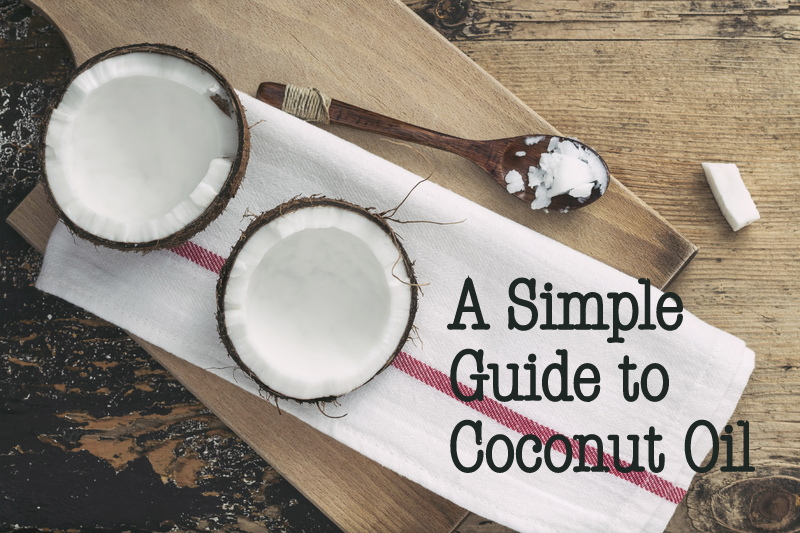
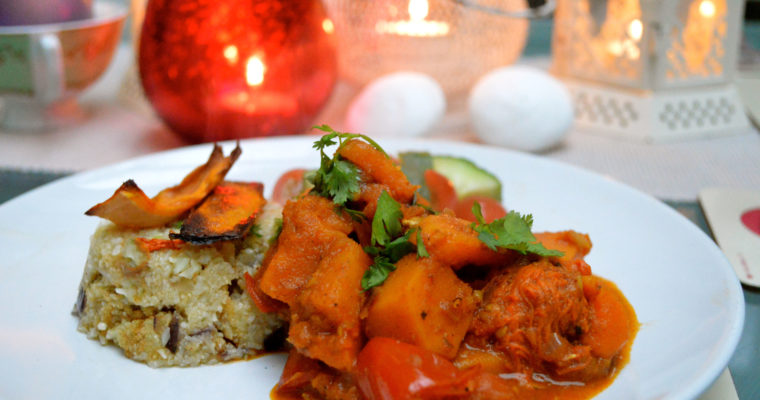
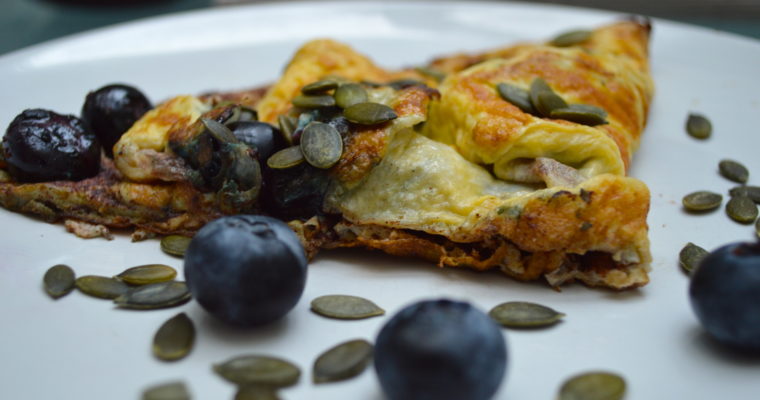






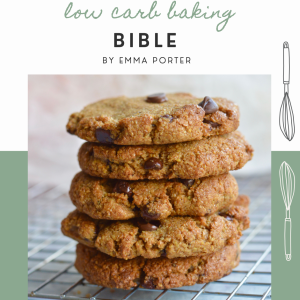
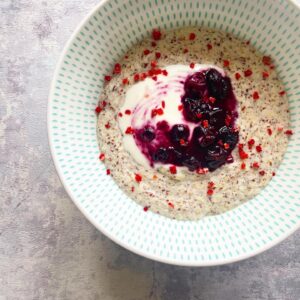
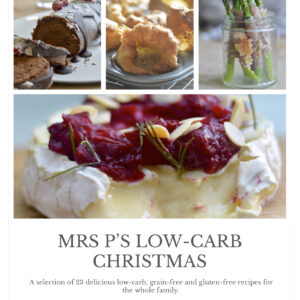
Oh my goodness! This is such a great article, Emma! We looove coconut oil over here, and we loooove you! Thanks so much for sharing. xoxoxo
Thank you, Mary! Coconut oil is fabulous in every way! Have a wonderful week :O)
Hello Emi, congrats to UK on birth of a New Princess! I wanted to share with you that we have coconut trees on our land (as well as citrus, oranges, lemons, limes, also bananas, fresh herb garden, vegetable gardens). I adore fresh coconuts! Great of you to write this to share with so many people in the UK as well as we Americans. Have a wonderful weekend! Cheryl from Florida, USA
Thank you, Cheryl! The UK has certainly gone Princess crazy! Gosh I am more than jealous of your land! It sounds like a garden of dreams! The closest I get to all those beautiful herbs, fruits and vegetables is through the supermarket / farmers market! One day I hope to have something similar! Have a great week, Emi x
What do you think about the Biona Cuisine coconut oil? I don’t like the taste or smell of coconut so use it for cooking/baking as it doesn’t smell or taste of anything but not sure about how good it is.
Hi Alix, thank you for your comment. I have had a look at the Biona Cuisine coconut oil and it looks like it has gone through a mild heat treatment process to remove the coconutty aroma and flavour. It hasn’t been chemically changed or bleached (which some brands do, would you believe!). As it’s only gone through mild heating then it should still contain a good amount of nutrition. I would personally always choose a “raw virgin” or “extra virgin” option just to be on the safe side. However, Biona are a great range and if you are not a coconut fan then I think this would certainly be a suitable replacement! Hope that helps! 🙂